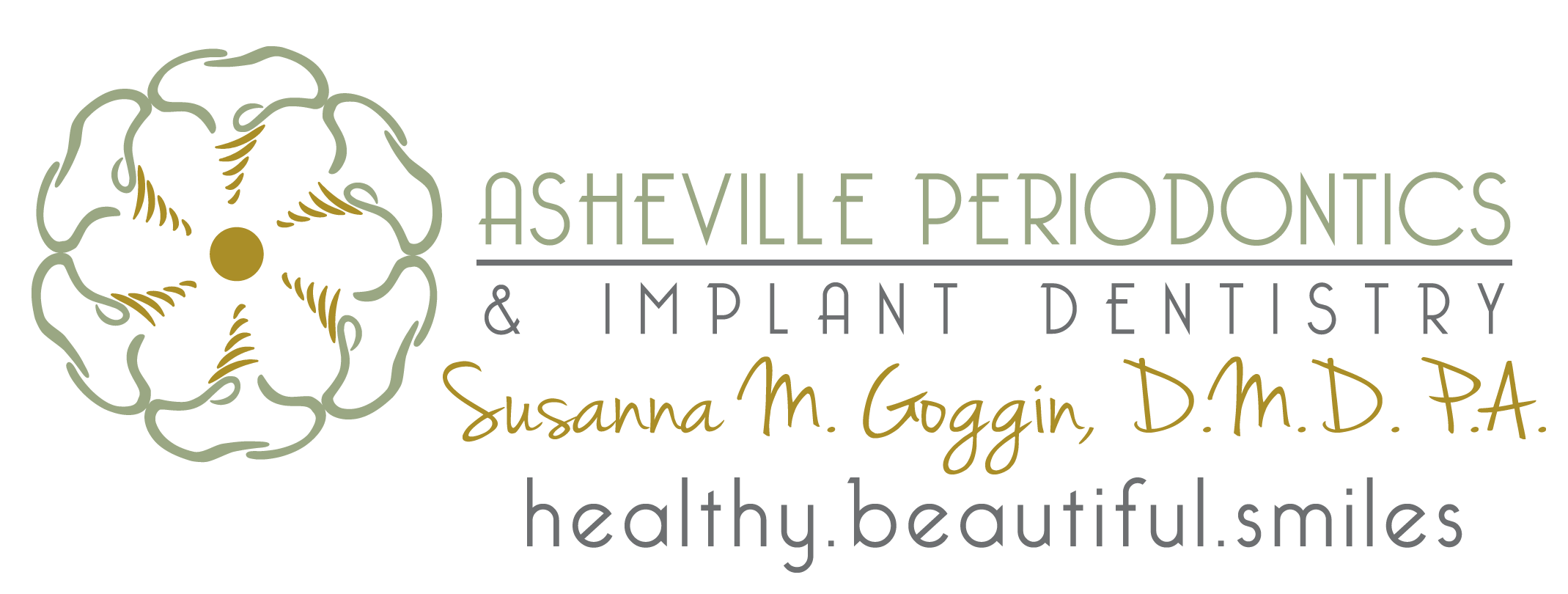One of the most exciting things in dentistry right now is the widespread implementation of digital dentistry. The first widely adopted aspect was digital radiography (x-rays). Not only did this save time and chemical use, but it also greatly reduced the radiation dose needed for diagnostic dental x-rays. Nowadays, most receptors are directly linked to a computer, but some are scanned in and known as reusable PSP plates. Another advantage is that we can adjust the images digitally to help us visualize certain pathologies more easily and even zoom in to show patients exactly what is going on in their mouths.
Another advancement the dental field has seen is the use of Cone Beam CTs in the field. This was readily used in the medical field previously but now aids us in being able to see underneath the teeth and gums in 3D with accuracy into the halves of millimeters. This is extremely useful in: finding canals for root canal treatment, seeing nerves and sinuses that could be impacted by oral surgeries, and greater diagnostic capabilities when traditional methods fail to clearly identify the issue at hand.
CAD/CAM technology was invented in the 60s by a French engineer. It stands for Computer Assisted Design and Computer Assisted Manufacturing. In 1985 Cerec began bringing this technology to the dental field. After 40 years, we finally have the technological power to do this with a laptop right here in the dental office. Our scanner takes about 2000 images of each the upper and lower teeth and stitches them together to make a digital impression. Using this technology, we can avoid the “goop” of alginate impressions that most patients hate. We can instantly send this to a lab to make crowns and appliances, reducing turnaround time.
 Combining CAD/CAM and CBCT technology, we can combine the digital impression with the 3D xray. This allows us to plan exactly where the implant with be placed and at what angle. This is especially helpful when multiple implants need to be placed parallel to one another. This is the case when cases call for an implant supported bridge or an implant supported denture. After the implant is placed, our lab uses this information to print a surgical guide that fits snugly over the teeth and has a pilot hole for guided surgery. This greatly reduces the chance of any complications with implant placement, as nerves and sinuses can be of concern if they are close to the area.
Combining CAD/CAM and CBCT technology, we can combine the digital impression with the 3D xray. This allows us to plan exactly where the implant with be placed and at what angle. This is especially helpful when multiple implants need to be placed parallel to one another. This is the case when cases call for an implant supported bridge or an implant supported denture. After the implant is placed, our lab uses this information to print a surgical guide that fits snugly over the teeth and has a pilot hole for guided surgery. This greatly reduces the chance of any complications with implant placement, as nerves and sinuses can be of concern if they are close to the area.
